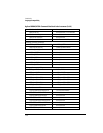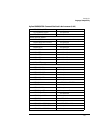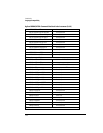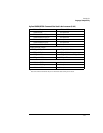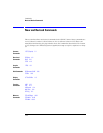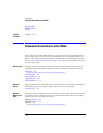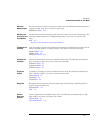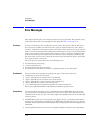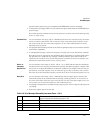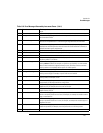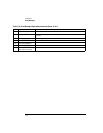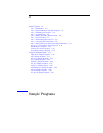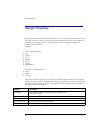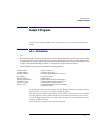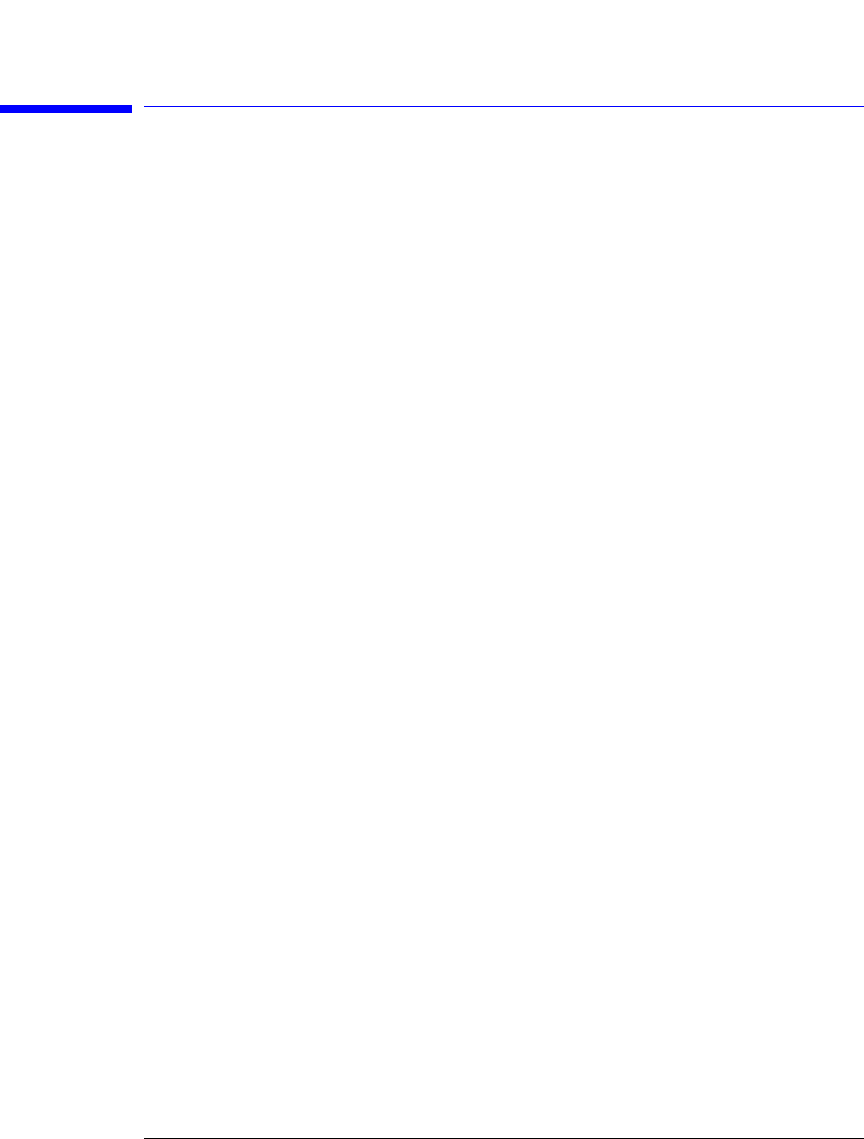
1-46
Introduction
Error Messages
Error Messages
This chapter describes the error messages and how they are generated. The possible causes
for the generation of the error messages are also listed in Table 1-10 on page 1-47.
Error Queue As errors are detected, they are placed in an error queue. This queue is first in, first out. If
the error queue overflows, the last error in the queue is replaced with error –350, “Queue
overflow.” Anytime the error queue overflows, the oldest errors remain in the queue, and the
most recent error is discarded. The length of the instrument's error queue is 30 (29 positions
for the error messages, and 1 position for the “Queue overflow” message). Reading an error
from the head of the queue removes that error from the queue, and opens a position at the
tail of the queue for a new error. When all errors have been read from the queue, subsequent
error queries return 0, “No error.”
The error queue is cleared when any of the following occur:
• the instrument is powered up,
• a *CLS command is sent,
• the last item from the queue is read, or
• the instrument is switched from talk only to addressed mode on the front panel.
Error Numbers The error numbers are grouped according to the type of error that is detected.
• +0 indicates no errors were detected.
• –100 to –199 indicates a command error was detected.
• –200 to –299 indicates an execution error was detected.
• –300 to –399 indicates a device-specific error was detected.
• –400 to –499 indicates a query error was detected.
• +1 to +32767 indicates an instrument-specific error has been detected.
Refer to the Agilent 86100A/B/C online Help for instrument specific errors.
Command Error An error number in the range –100 to –199 indicates that an IEEE 488.2 syntax error has
been detected by the instrument's parser. The occurrence of any error in this class sets the
command error bit (bit 5) in the event status register and indicates that one of the following
events occurred:
• An IEEE 488.2 syntax error was detected by the parser. That is, a controller-to-instrument
message was received that is in violation of the IEEE 488.2 standard. This may be a data ele-
ment that violates the instrument's listening formats, or a data type that is unacceptable to the
instrument.
• An unrecognized header was received. Unrecognized headers include incorrect instrument-



